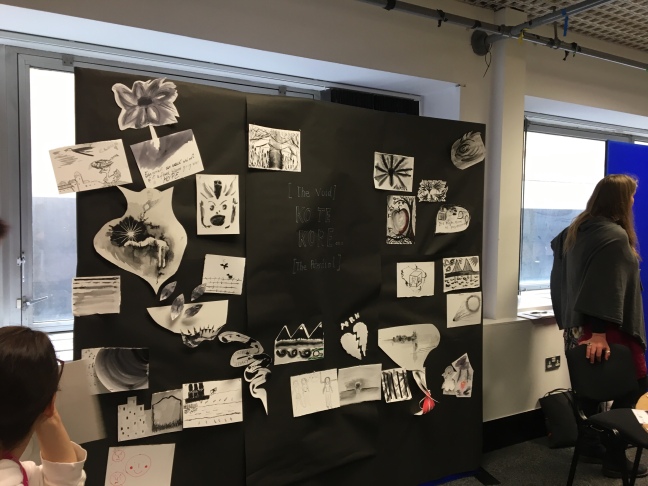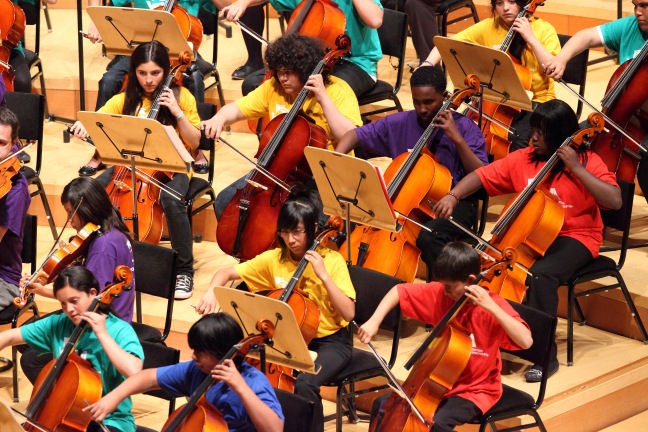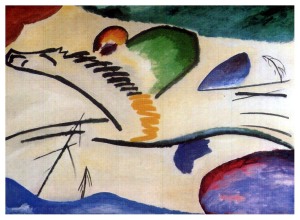
The 2018 IATEFL Conference was quite an exceptional event. Maybe it’s because I hadn’t attended IATEFL for the last 4 years? Maybe. Yet I have a feeling that all in all the quality of the Conference was exceptional.
I think that a thread emerged which emerged organically out of the event was an empowerment of people’s voices. This came through in all of the three plenaries I mention, each providing a different perspective of voice. It also emerged in many of the subsequent sessions and in the informal conversations I had with conference delegates.
In any case, I felt that there was a sort of push for change and freedom in the air and perhaps this is also no coincidence and has a lot to do with the current IATEFL committee and the way they planned out the conference.
I’ll basically share the links to the plenaries here and mention the PCE and in subsequent posts I’ll delve more deeply into the specific talks and sessions I attended.
This is a shortish vídeo with some of my main thoughts about the conference.
Reflections on the 2018 IATEFL Conference
Pre Conference Event
Social Justice and ELT through the Visual Arts – GISIG and Visual Arts Circle Joint PCE
Visual Arts Circle site
Global Issues SIG
You can find a wealth of material on the site to inspire teachers.
Plenaries
Lourdes Ortega
What is SLA research good for, anyway?
I liked this plenary because it challenged us to critically think about the relevance of SLA research for the teacher and how this can indeed help inform our practice and debunk some myths which are being propagated.
Watch the plenary here:
https://www.teachingenglish.org.uk/article/what-sla-research-good-anyway#sthash.jWMEQ5zd.uxfs
Dorothy Zemach
Her plenary challenged the publishing industry to take a good look at itself and acknowledge a few truths which all of us have known for a while, but it’s been convenient to sort of not talk too loudly about it. Well, today Dorothy DID talk about it. And we’re all on a new page on the topic.
Watch the plenary here:
https://www.teachingenglish.org.uk/article/sausage-law-how-textbooks-are-made
Brita Fernandez Schmidt
Brita gave an inspiring and clear plenary on how important it is for us to support women who find themselves in underprivileged situations. Being able to offer them educational support and access to English language learning can make the difference for them.
I think it also took us all out of our comfort zones and made us think of the importance of holding hands and working together for a better future for all. Collective initiatives really make the difference.
https://www.womenforwomen.org.uk/
Watch the plenary here:
https://www.teachingenglish.org.uk/article/knowledge-power-access-education-marginalised-women
On subsequent blog posts I’ll mention some of the Conference sessions in more detail.




